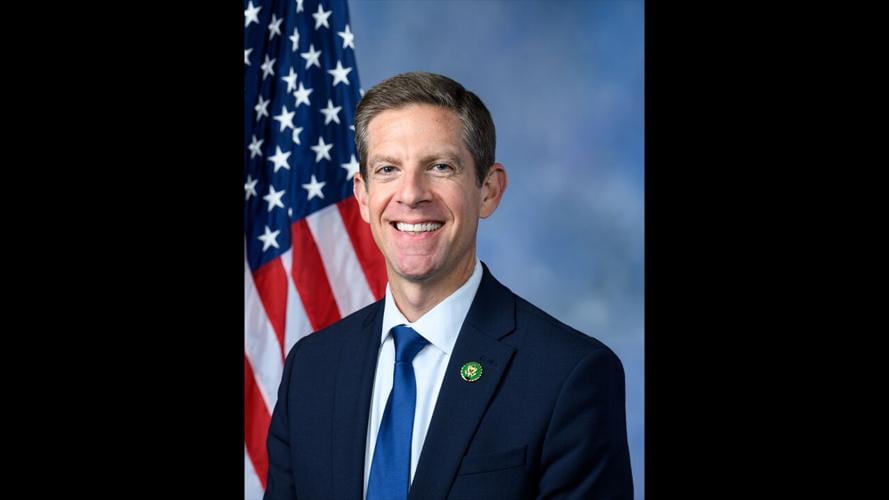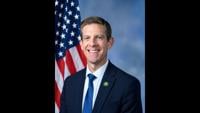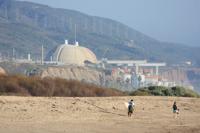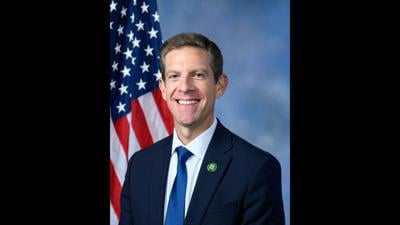To Understand the Future of Nuclear Energy, Consider Past Mistakes
A short distance from our South Orange County cities, three and a half million pounds of spent nuclear fuel is stored at the San Onofre Nuclear Generating Station (SONGS). While SONGS is no longer operational, its spent fuel sits within 50 miles of 9 million people, on top of an active fault line, just feet from the Pacific Ocean.
The spent fuel that remains at SONGS is a symptom of a far bigger problem. There are currently more than 80 sites in 36 states where spent nuclear fuel is being stored indefinitely, without any acceptable storage or disposal site in the United States.
For several decades, our nation has lacked a long-term solution for our commercial spent nuclear fuel. The biggest challenge has been the lack of consent from impacted states and communities. The federal Yucca Mountain Project was shelved over a decade ago due to opposition within the State of Nevada. More recent private storage efforts in New Mexico and Texas have not advanced due to a similar lack of consent.
When I took office in 2019, we inherited a mess, literally.
We immediately got to work, empowering a new SONGS Task Force and, at its recommendation, starting the bipartisan Congressional Spent Nuclear Fuel Solutions Caucus, which I co-chair with Rep. Chuck Fleischmann (R-TN). Our Caucus has begun a much-needed dialogue with a new generation of legislators.

A view of San Onofre Nuclear Generating Station (SONGS) from San Onofre State Beach.
At the same time, my office has been working with the U.S. Department of Energy (DOE) on its Consent-Based Siting Program. I helped lead efforts to secure more than $100 million for DOE to restart its work on nuclear waste storage. Of that funding, over $25 million is being used to provide resources to communities interested in learning more about consent-based siting and management of spent nuclear fuel. This will help DOE find a willing host community or communities within the next 18-24 months, after which negotiations can occur.
I’ve also introduced several pieces of legislation to address spent nuclear fuel concerns, including the Spent Fuel Prioritization Act. This bill, which I co-lead with Rep. Darrell Issa (R-CA), would prioritize moving spent fuel once the DOE process is finalized from sites with higher environmental, seismic, and national security concerns. As you might imagine, SONGS would rank near the top of the list.
While we are making good progress, I am concerned with recent enthusiastic efforts to build more nuclear power plants across the country without a full consideration of spent nuclear fuel challenges.
Last month, the House of Representatives voted on the Atomic Energy Advancement Act. This bill would ramp up nuclear energy production by making it faster and easier to build advanced nuclear reactors. Despite its laudable goal of advancing carbon-free energy to combat climate change, the bill does nothing to address spent nuclear fuel. Accordingly, I could not be supportive.
Any federal effort designed to promote further nuclear energy development should also consider the technology’s full life span, including its long-term impact and environmental risks. Anything short of addressing the spent fuel problem is irresponsible and could result in a future, preventable crisis.
The path ahead won’t be easy and will require much more action from Congress and the Administration, as well as engagement with communities across the country. In the meantime, we must continue to invest in consent-based solutions, and I’ll continue to prioritize the needs of our district by fighting to move the spent fuel away from our beach as quickly and safely as possible.





